Pesticides & Weedkillers
In our extensive shop area we stock all the chemicals you will need for your garden, with organic or non-chemical options where these are available. For example we have both traditional RoundUp weedkillers and the new Glyphosate-free version. We can also supply bug killers and fungicides, plus don’t forget your organic slug pellets, copper tape or wool barrier pellets to protect all your lovely plants.
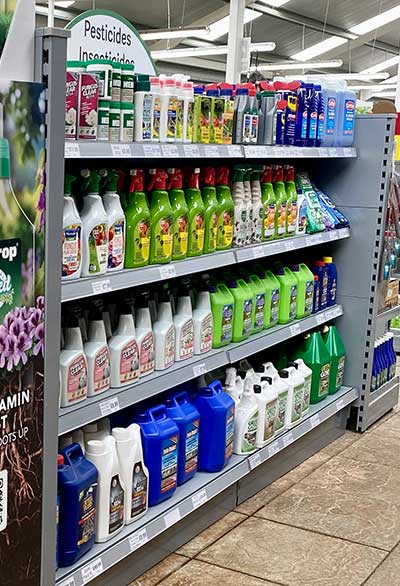
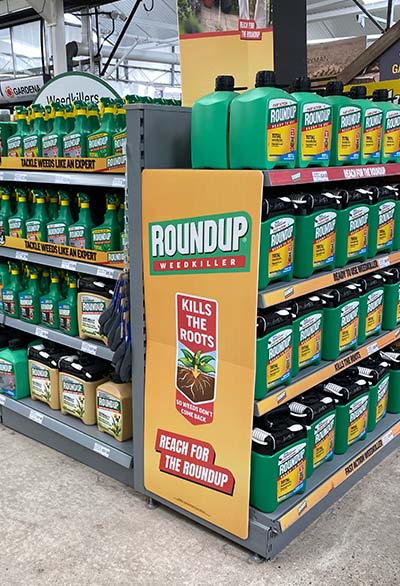
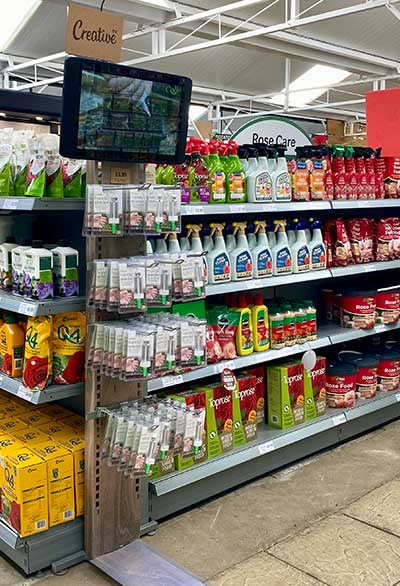
All pesticides must be approved. While it is not illegal for home gardeners to use unapproved chemicals such as washing up liquid, coffee or vinegar, it is good practice to only use products that are officially approved for use in the garden. Gardeners mixing up their own solutions from household products regularly damage plants, soil and soil organisms, causing environmental damage.
Careful plant selection and good cultivation go a long way to keeping gardens healthy. When problems arise, Meadow Grange staff are on hand to help – when using chemical controls, it is important to do so in a minimal and targeted way, adhering to the instructions on the label.
Top 5 pests to look out for:
Aphids
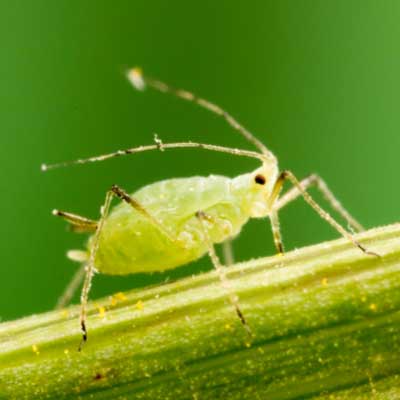
Aphids are extremely common but can significantly impact on plant growth. There are hundreds of species, but the most commonly known can be grouped as greenfly or blackfly – although equally may be orange, brown, or pink in colour. You may spot them clustered on the stem of soft shoots – look under leaves in particular – or may find a sticky substance on your plants that gives away aphids have been there sucking at the sap.
Look for leaves that are curling, yellowing, or misshapen. The presence of Honeydew (a clear, sticky substance, often accompanied by a black sooty coating) is another good indicator of aphids.
Aphids eat a huge variety of plants, both outdoor, and in the greenhouse. They prefer soft, new shoots.
A number of beneficial insects, including ladybirds, lacewing larvae and hoverflies, are natural predators of aphids so a good garden ecosystem will help with control. If there are not too many, you can also squash them. If your plant has a real infestation, gently shake the plant so the aphids fall off. Chemical killers such as Resolva Bug Killer are also effective.
Whitefly
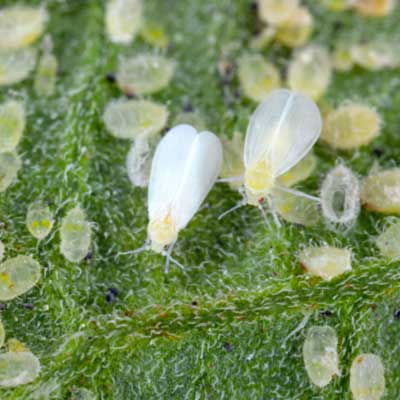
These small white-winged insects, at just 1 or 2 mm in length, look very much like white moths as adults and are related to aphids. You may well spot them on the underside of leaves; they prefer younger, fresher leaves and they will fly in clusters when you disturb them. Their lifecycle is only three weeks long, which means an infestation can occur very rapidly.
Whiteflies cause damage by sucking the sap from plants. This may not be immediately visible – you are more likely to spot the insects themselves – but a large infestation can lead to a black sooty ‘mould’ like appearance on leaves, which weakens plant growth. They are particularly prevalent in greenhouses.
They can be found on a wide range of plants, including azaleas, rhododendrons, honeysuckle, plus edibles including cabbages, tomatoes and cucumbers.
In greenhouses, you can catch adult whiteflies by hanging yellow sticky traps. You can also try companion planting as a form of deterrent; the strong smell of marigolds for example is a deterrent, so these are often grown next to vegetables or in a greenhouse. Chemical killers such as Resolva Bug Killer are also effective.
Slugs
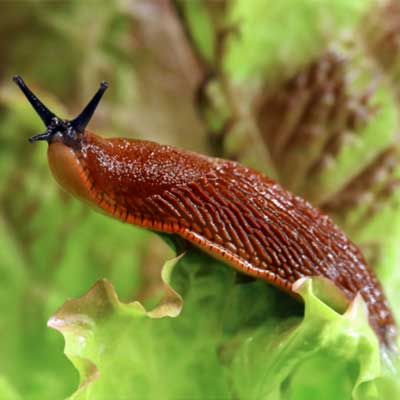
Ragged leaves with holes in them, scalloped bites / nibbles at the edges of leaves. You are likely to be able to spot silvery slime traces near the damaged plant, or on it. Slugs attack at night so look for fresh damage first thing in the morning. Most plant damage is done by small slugs and snails that go unnoticed.
These voracious molluscs consume almost anything, but particularly love tender leaves along with vegetable, fruit, and salad crops.
Encourage slugs’ natural enemies into your garden; slow worms, hedgehogs and centipedes. Placing copper coins around plants, can also meet with success. Failing that, try control methods such as Slug Gone Wool Pellets or Slugs Be Gone Defence Gel.
Cabbage Moth Caterpillars
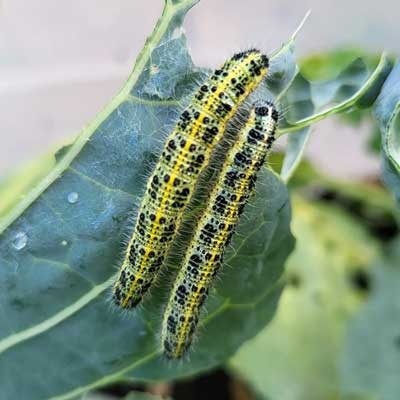
Definitely not the only caterpillar species to wish to chomp on your vegetables, cabbage moth caterpillars are particularly destructive as they will happily make their way into the heart of the brassica.
You can see where they have been by the holes in the leaves of your brassicas. You may physically spot the caterpillars.
Create a garden ecosystem that includes natural predators – birds in particular will eat them. It is also possible to pick off the caterpillars and any eggs regularly by hand. You can try and use marigolds as a companion plant that repels the cabbage white butterfly (don’t plant marigolds too close though, as they can reduce the root growth of the cabbage).
Vine Weevil (adult and larvae)
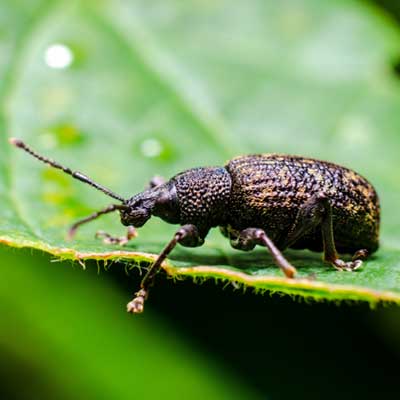
The black vine weevil, is a black-brown, moderately sized insect at around 1cm in length. It has a beetle-like appearance, with fused wings meaning they cannot fly, and orange hair tufts on their wing cases.
Black vine weevil larvae are c-shaped, have no legs, and are white with copper coloured heads.
They are particularly keen on plants in containers, such as heucheras and hostas.
Our Top Selling Pesticides


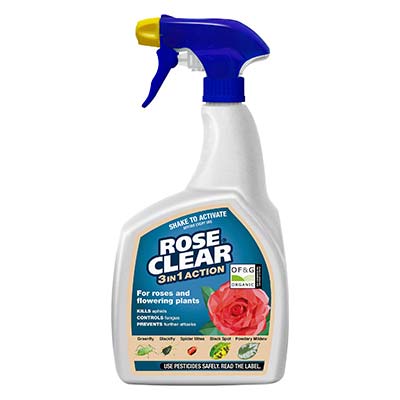



Weedkillers
Are you tired of unsightly weeds destroying your driveway and patio? Unattractive weeds can quickly take over, ruining the aesthetic of your carefully designed outdoor spaces and even causing damage to the surfaces themselves.
Weeds are a common problem for many homeowners and businesses. They can grow quickly and spread rapidly, causing damage to surfaces and ruining the appearance of outdoor spaces. Repairing concrete, paved footpaths or tarmacked driveways can be costly and time consuming.
The main reason for weeding is that weeds take up space and nourishment in the soil. That’s particularly important if you are growing food to eat, because vegetables need space and nutrients in order to grow to the ideal size for harvest.
Weeds are also very successful plants. That means they can dominate your borders and crowd out other plants.
But sometimes weeds will grow where nothing else will grow. They can be pretty. And many of them support local wildlife.
So we now realise that not all weeds are bad. However, you do need to find out more, so that you can decide which weeds you want to keep and which ones to weed out.
Weed killers come with specific instructions on the label, including dosage, application methods, and safety precautions. It’s crucial to read and follow these instructions carefully. Avoid exceeding the recommended dosage or frequency of application, as it can harm your plants and the environment.
When handling and applying weed killers, always wear appropriate protective gear, such as gloves, goggles, long sleeves, and long pants. This will help prevent direct contact with the weed killer and reduce the risk of skin or eye irritation.
Weather conditions play a significant role in the effectiveness of weed killers. Choose a day when the weather is calm and dry, as wind and rain can cause the weed killer to drift or wash away, reducing its efficacy. Avoid applying weed killers during extreme heat or cold, as it may affect their performance.
There are different types of weed killers available, including selective and non-selective weed killers. Selective weed killers target specific types of weeds, while non-selective weed killers can kill both weeds and desirable plants. Choose the right type of weed killer for your specific needs and follow the instructions accordingly.
Our Top Selling Weedkillers




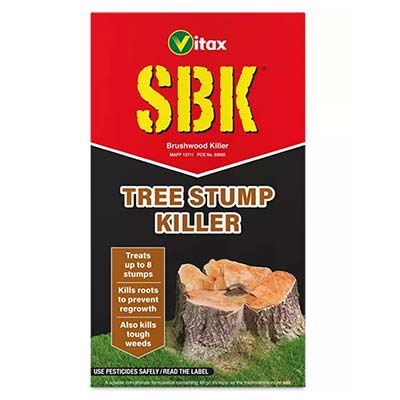
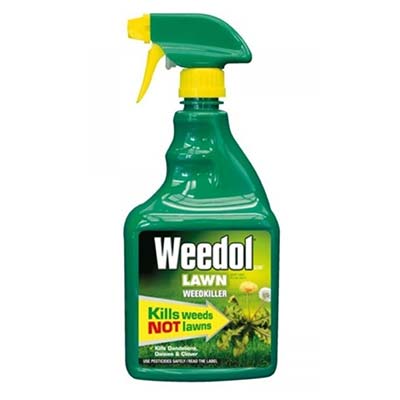
How to Order
- Please browse through our product pages to get an idea of what we have in stock.
- Fill in our enquiry form with an overview of the items you would like to purchase. Please include your full name, delivery address and telephone number.
- We will get back to you via telephone to confirm avaiability, your order cost and to take payment.
- We will book your item in for delivery to your door.


